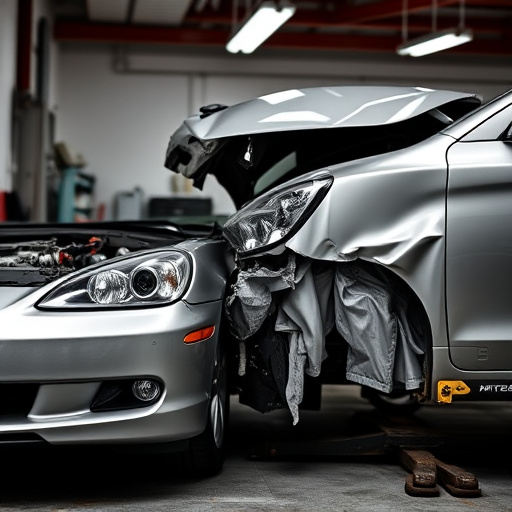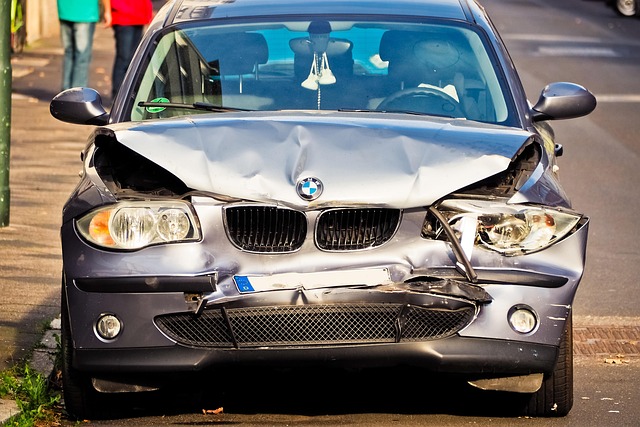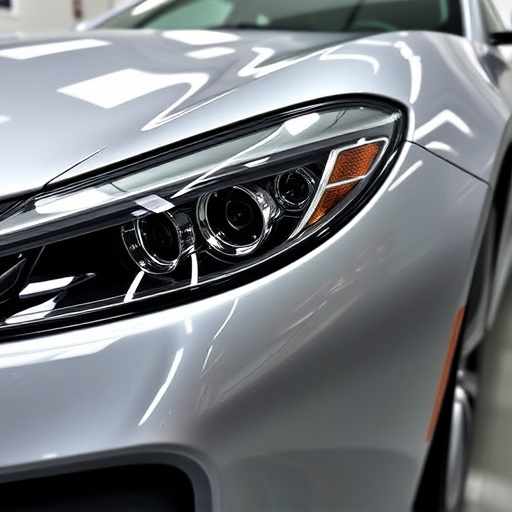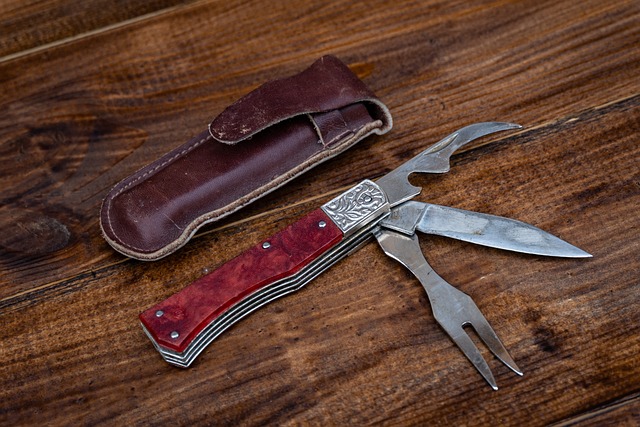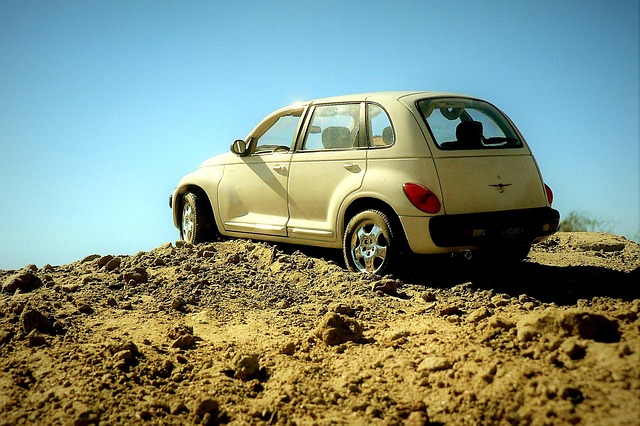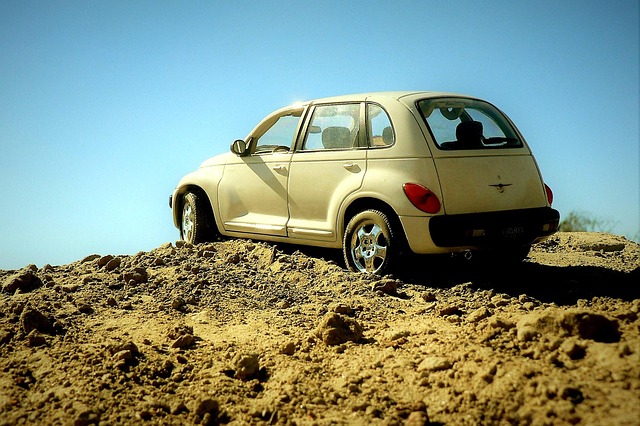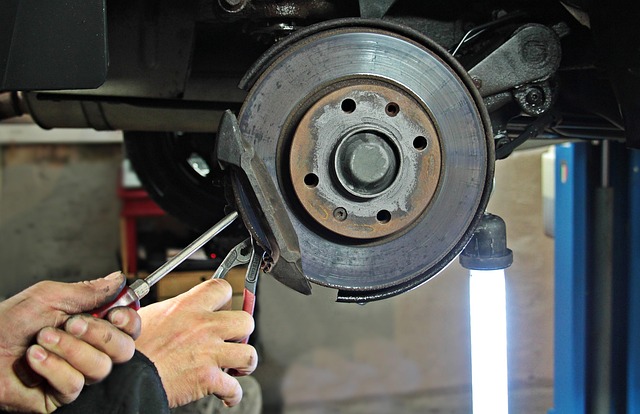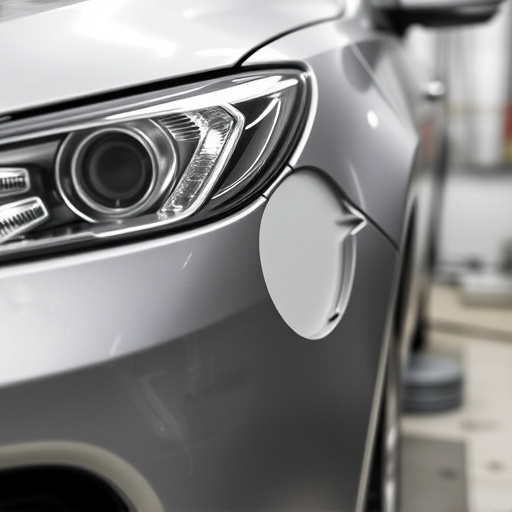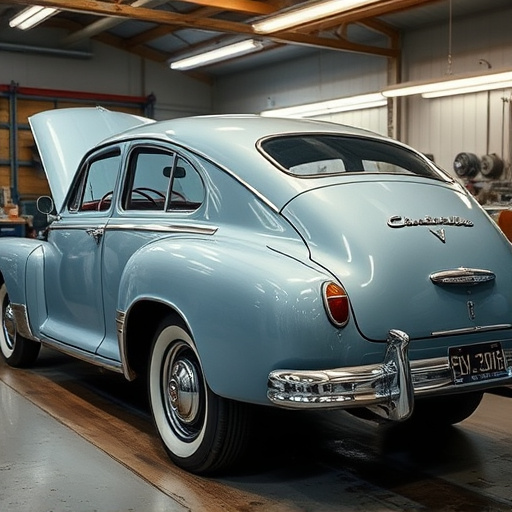Plastic bumper covers on modern vehicles require care due to degradation from UV exposure, extreme temperatures, moisture, and damage. Environmental factors like heat, cold, humidity, and debris impact repairs, affecting adhesive strength, material properties, and paint durability. Collision repair professionals manage these challenges using specialized equipment and techniques. To ensure optimal plastic bumper cover repair across diverse climates, body shops should implement climate-specific best practices, such as moisture-resistant materials in humid areas, proper drying in arid regions, and consistent workshop temperatures, meeting customer expectations regardless of weather conditions.
“Discover how environmental conditions significantly influence the quality of plastic bumper cover repairs. This article explores the intricate relationship between nature and automotive aesthetics, shedding light on why a simple crack or dent can vary in repair complexity based on climate.
We’ll guide you through understanding common damage types, analyzing the impact of temperature, humidity, and UV exposure, and providing best practices for optimal repair outcomes across different environments, ensuring your bumper cover restoration is both effective and durable.”
- Understanding Plastic Bumper Cover Damage and Its Causes
- The Impact of Environmental Factors on Repair Quality
- Best Practices for Optimizing Plastic Bumper Cover Repair Outcomes in Different Climates
Understanding Plastic Bumper Cover Damage and Its Causes

Plastic bumper covers are a common feature on modern vehicles, designed to protect the car’s front or rear ends from minor impacts and dings. However, despite their durability, they can still suffer damage over time due to various environmental factors. Understanding these causes is essential for anyone considering plastic bumper cover repair services.
The primary culprits behind bumper cover deterioration are UV exposure, extreme temperatures, and moisture. Prolonged sun exposure can weaken the plastic, causing it to become brittle and crack. Extreme heat from hot summers or cold winters can also accelerate aging, leading to warping or discoloration. Moisture, especially when combined with salt or chemicals from road treatments, can result in corrosion and deterioration of the bumper’s surface. Additionally, accidental damage from debris, small accidents, or even car washes can create nicks, scratches, or cracks that may require professional auto body painting or plastic bumper cover repair to restore the vehicle’s aesthetic appeal and protect its structural integrity.
The Impact of Environmental Factors on Repair Quality
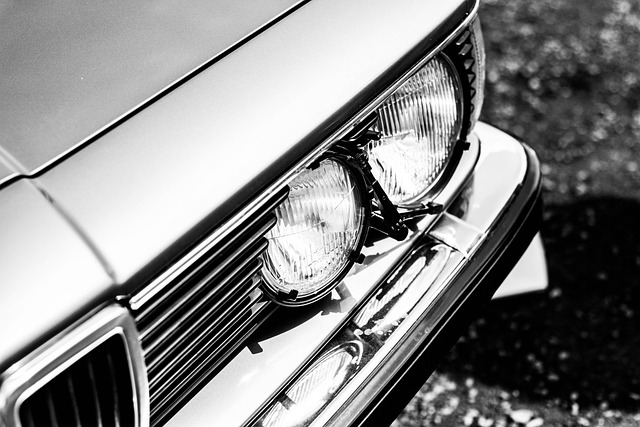
The environment plays a significant role in determining the quality of plastic bumper cover repairs. Factors such as temperature and humidity can impact the bonding strength of adhesives used during the repair process. Extreme heat or cold conditions may cause materials to shrink, swell, or become brittle, affecting the structural integrity of the repaired area. Additionally, high humidity levels can introduce moisture into the repair site, potentially leading to rusting or mold growth if not addressed properly.
These environmental factors are crucial considerations for collision repair professionals when conducting plastic bumper cover repairs. Skilled technicians understand the need for controlled conditions, often utilizing specialized equipment and techniques to mitigate environmental influences. Proper ventilation, temperature-controlled environments, and the use of moisture barriers are common practices to ensure optimal repair outcomes. By addressing these factors, the longevity and durability of bumper repairs, including dent removal and overall collision repair, are significantly enhanced.
Best Practices for Optimizing Plastic Bumper Cover Repair Outcomes in Different Climates

In the realm of plastic bumper cover repair, climate plays a pivotal role in determining the quality and longevity of repairs. For car body shops offering this service, understanding how environmental conditions can impact outcomes is essential. Different climates present unique challenges, from extreme temperatures to varying humidity levels, which can affect the bonding strength of adhesives and paint durability. To optimize plastic bumper cover repair results across diverse weather patterns, several best practices emerge.
Firstly, automotive body shops should consider climate-specific preparation methods. In regions with high humidity, using moisture-resistant primers and sealants is crucial to prevent water damage during the repair process. Conversely, in arid climates, implementing proper drying techniques after repairs ensures optimal bonding. Additionally, maintaining consistent temperature control within the workshop can significantly enhance paint adhesion and finish quality. By adapting these strategies based on local weather conditions, car body shops can consistently deliver high-quality plastic bumper cover repairs, ensuring customer satisfaction regardless of the season or region.
Environmental conditions play a significant role in the quality of plastic bumper cover repairs. From temperature extremes to humidity levels, these factors can impact the effectiveness of repair methods. Understanding how environmental variables affect the process is key to optimizing outcomes, ensuring long-lasting and visually appealing repairs for all climates. By implementing best practices tailored to specific regions, professionals can enhance the overall success rate of plastic bumper cover repairs, satisfying customers in diverse environments.


